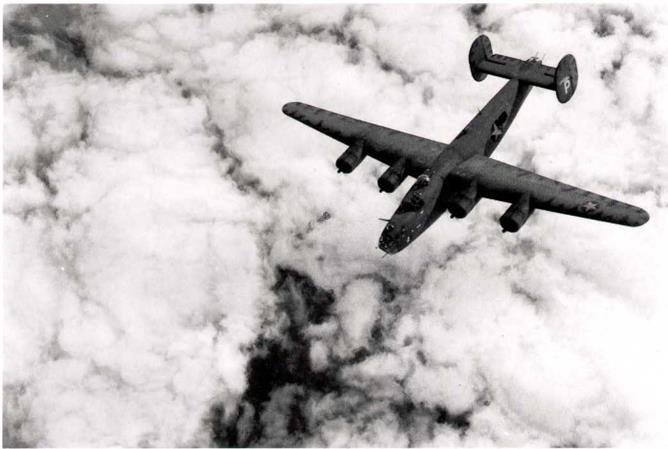All F-5A aircraft to be finished with Haze paint until a better finish was available, January 18,1943
in view of information received from the Theaters indicating a definite need for camouflage of photographic aircraft, the Dir. of Photography (Wash.) directed that all F-5A aircraft be haze painted with the Cabot paint or its equivalent until a more suitable material was developed. The Dir. of Mil. Req. concurred with this directive.
Mat. Com. (Wash.) on April 15, 1943, (!), acknowledged receipt of this directive. They suggested the use of a newly developed synthetic haze paint which had been approved and requested approval of OC&R (Wash.). This approval was finally granted on May 18, 1943, by the Photo. Req. Sect., OC&R (Wash.). (It seems amazing now that it took so long for such matters to be finalized, especially as the USAAF was very much on the defensive at this time. It is no wonder that Gen. Arnold suffered no less than five heart attacks before he retired on February 9, 1946-author).
|
Lockheed F-4-LO shows the original streaky haze paint finish used on these early aircraft. A new synthetic haze paint was developed for the later F-5 versions of the P-38. (USAF) |
Lockheed again summarize their objections to the current haze paint scheme and recommend a new one-coat synthetic finish, January 23, 1943.
Lockheed wrote a letter to the CG, Western Procurement District, Los Angeles, Calif, on January 23,1943, again summarizing their objections, itemizing their production and maintenance difficulties. They indicated the need for use of a color scheme blending with the normal sky backgrounds at higher altitudes, recommending the use of a one-coat finish which would eliminate most difficulties in maintaining uniform coats during application, refinishing and retouching. They believed that this paint was vastly superior to the specified haze paint material.
Lockheed then discussed flight tests run to find solutions to these problems, and as a result recommended that:
Enamel sky base blue and flight blue be adopted for all aircraft whose mission altitudes were over 25,000 feet.
Current specification haze type paint be discarded in favor of a tinted synthetic type enamel.
Flight camouflage having proved superior to standard olive drab and neutral gray, be developed for all altitudes.
Lockheed’s attitude to this problem can clearly be understood from the preceding entry, but despite that, it still took another four months before the problem was finally resolved
Dir. War Org. and Movement (Wash.) agreed with Eglin Field recommendations to polish camouflage finishes to improve aircraft performance, February 1, 1943.
Brig. Gen. F. W. Evans, Dir. War Org. and Movement(Wash.), wrote to the Dir. of Mil. Req. on February 1,1943, agreeing with the letters of November 4,1942, from Col. Chidlaw, and of November 19, 1942, from Eglin Field which had questioned the use of camouflage and recommended the elimination of from 1/3 to 1/2 of currently used camouflage. Eglin Field had indicated that a minimum of 8 mph and a maximum of 21 mph at sea level might be picked up by polishing the camouflage paint. Gen. Evans indicated his approval of the procedure suggested by Eglin Field and recommended that a policy be set up whereby all agencies affected would be directed to follow this procedure.
Amendment No. 3 to Spec. 98-24105-Q requires new escape panel markings, February 9,1943.
A new paragraph, No. E-14, was added to Spec. 98-24104-Q, in amendment No. 3.
This read as follows:
E-14. Escape Panel Releases. – All exterior escape panel releases shall be labeled “ESCAPE PANEL RELEASE” to facilitate quick identification. This identification shall be stenciled in one-inch letters on the outside of all airplanes near the latch.
|
Consolidated B-24D of the 68th BS, 44th BG, Eighth Air Force in mid 1943, shows the medium green blotching applied to the vertical tail surfaces and the wings and horizontal tail surfaces. Note the lack of squadron code letters and the grayed-out fuselage cocarde. (USAF) |












